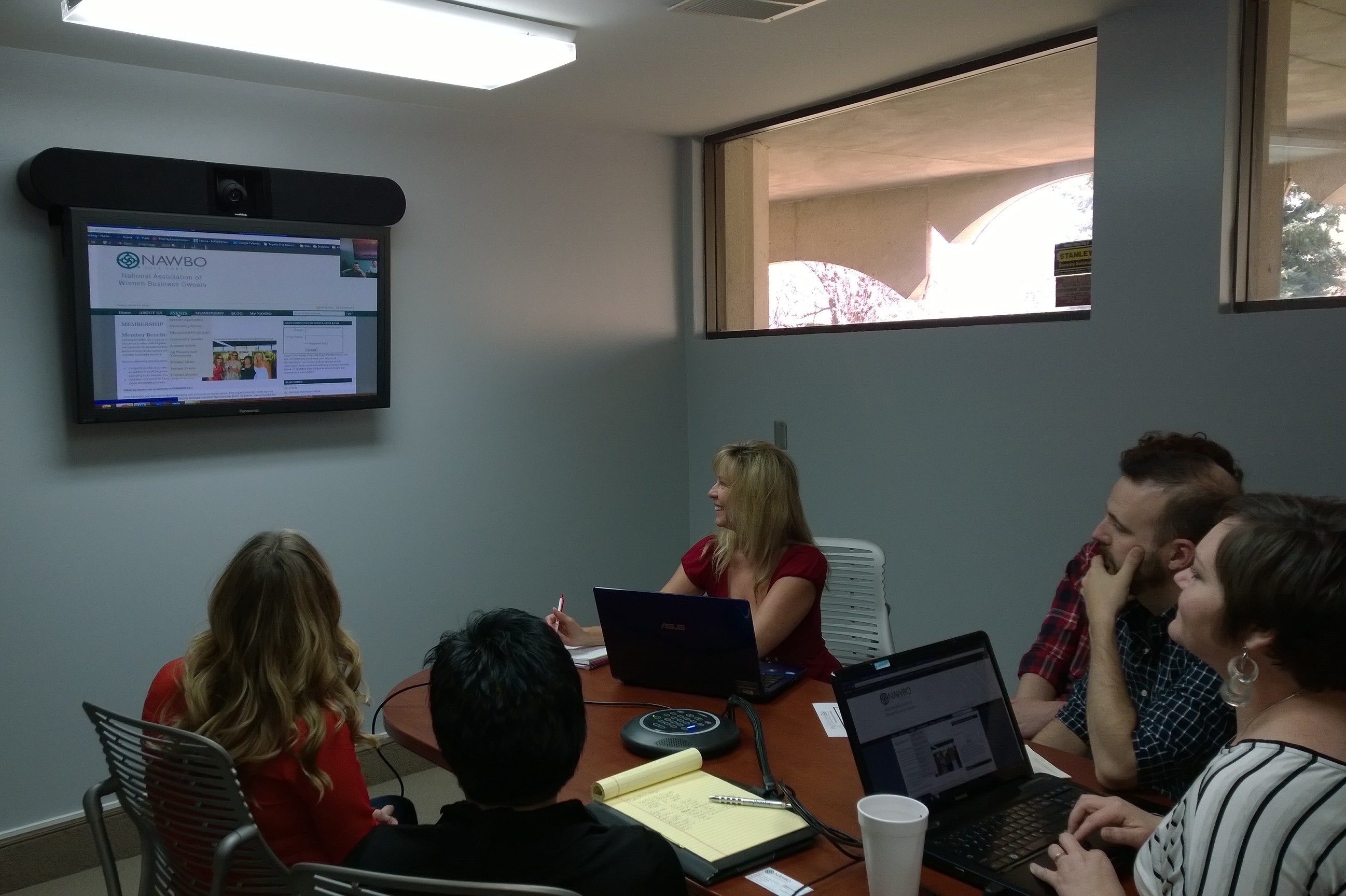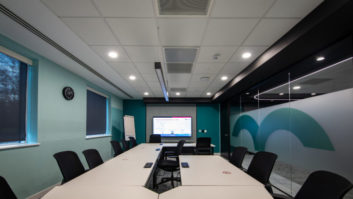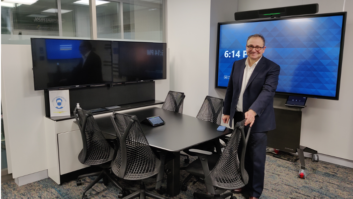
In the first part of this feature we looked at the business and technology implications behind the adoption of unified communications technology in organisations of all sizes. Here Steve Montgomery considers mobile solutions for a more mobile workforce.
The trend towards the use of personal devices for business applications has driven workplace technology to new levels of access and sophistication; facilitating employee access to the data they need and creating a mobile workforce that can communicate and collaborate wherever they are. This is driving businesses away from dedicated rooms with fixed roles, even if they had the resources to create them in the first place. “In the not-too-distant past, AV capabilities such as videoconferencing, web meetings and conference calls required separate appliance-based, and often proprietary, solutions. They came with high price tags, which were often too costly for small or mid-sized businesses,” says Hailey Klein, marketing communications manager for Vaddio.
“To accommodate BYOD preferences, group meeting room design must abandon the appliance-based, proprietary solution model. Instead, group meeting rooms need to be equipped in a way that allows participants to use their preferred device as the centrepiece of the collaboration experience, whether that is a laptop, tablet, smartphone, PC or Mac. With the device as the engine, users then can use whatever application they want.”
However, Klein sounds a note of warning: “Non-commercial applications, including WebEx, Skype and YouTube, are being used in business environments for employees to collaborate one-on-one. The challenge arises when they try to use their preferred one-on-one collaboration methods in a group setting. Webcams and mobile devices don’t work well in group meetings and can leave participants frustrated by fuzzy video or low-quality audio.”
Professional UC systems offer greater facilities for integration. “Not only can staff converse with colleagues and customers over every type of medium, the latest UC systems can also fully integrate with any web or server-based application, including diaries so that meetings can be scheduled efficiently,” explains Mark Russell, director of operations for UK and Ireland at Swyx. “Incoming calls can be linked with a software package so that their details pop up on-screen or automatically forward a high-priority call directly to a particular department or individual.”
The method of controlling and interacting with multiple display environments within unified communication sessions is evolving rapidly. “The Mezzanine unified communications system typically comprises three HD displays designed to encourage an immersive workspace for meetings and conferences at the front of the room. To the side of the workspace, on an adjacent wall, are three more, used for ‘pinning’ images for easy reference during meetings,” says de Lares Norris. “The user controls the system by use of a ‘wand’, providing gesture interaction communicated via an ultrasonic sensor array lining the ceiling. Two wands per room can provide users with simultaneous control, while up to 32 devices can be used to control the system if required by the meeting participants. There is also the option to use an iPad touch control or a web browser mouse and keyboard control.”
Committed users
Concepts such as these that deliver ease of use will undoubtedly drive commitment to this technology and deliver return on investment. So too will a positive and effective user-experience. “The old ‘bowling-alley’ room layout is gone,” points out Andrew Hug, vice president of systems engineering at Polycom. “Today’s users expect a more sophisticated, broadcast-style immersive experience. We can provide multi-camera, intelligent systems that detect and zoom in on speakers automatically and replicate the type of directorial effects seen in news interview programmes on TV, without requiring manual control and devoid of swinging images and false attention on people who aren’t actually speaking.”
Revolabs is clear about the importance of audio within the UC environment. “High-quality audio is crucial to effective business communication,” says James Fairweather, executive vice president of global sales for Revolabs. “Our new FLX conference phones provide that, along with the convenience of VoIP and USB connectivity in a single unit so that any room can be turned into an extremely high-quality environment. They work with any third-party application and can bridge between them, really promoting the efficiency and effectiveness of unified communications to a remote and mobile workforce.”
We have come a long way in a few short years and progress will take us even further, undoubtedly at an even faster pace. It will require management effort, as Raconteur summarises: “The ability to respond rapidly is ranked as the most important factor in delivering profitability and driving digital transformation. Fortunately, organisations will adapt – with the right people and the right culture, the future of work will be what you make it.”
www.oblong.com
www.raconteur.net
www.vaddio.com
www.polycom.com
www.revolabs.com
www.swyx.com







